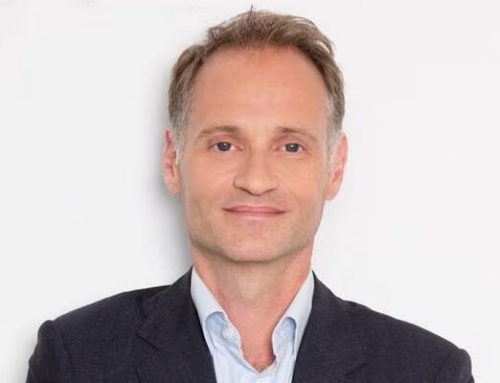L’Oréal has developed a tool, dubbed cockpit, that measures the ROI and productivity of its digital media investments so it can see what is working in real time and make decisions on where to spend.
The tool, developed with cloud business Domo, allows every marketer, product manager and media owner at L’Oréal to have a “clear view on what’s working and what’s not working”, according to chief digital officer Lubomira Rochet. It tracks more than 20,000 data sources in real time to view performance across digital media – from its own website to Instagram or YouTube – using metrics such as share of voice and performance measures including fraud, viewability, CPM and CPC.
The decision to build the tool came about because as digital marketing becomes “more complex”, L’Oréal wanted quick ways to experiment and test campaigns and the capability to scale what works. That way, L’Oréal avoids the mistake of giving its marketers targets for how much they should invest in certain channels, instead allowing them to invest in areas that offer the most ROI.
“We have many debates in the industry on ‘is digital advertising working?’ What we see is that you don’t have one answer to that; you really have to start from your local consumer behaviour, your category footprint and build the strategy from the ground up and not the other way round,” she says, speaking to Marketing Week during Cannes Lions.
Cockpit has led to changes in how L’Oréal invests because it has done away with “preconceived ideas”. For example, in skincare L’Oréal has tested its media execution at scale across countries to see the impact of investing more in certain search terms and less in others.
Through these hundreds of experiments, L’Oréal has developed a playbook so it knows what works and what doesn’t in each category and country. That means that in make-up, for instance, L’Oréal invests more in social and digital, while skincare is more about search and haircare relies on traditional media.
“If you start by saying, ‘you should be investing 40% of your media in digital’, it makes no sense. There are countries where TV is still very dominant, but in some other areas of the world where everybody has leapfrogged to video and social you invest 70% of media there. That’s why having a decentralised model like we do in L’Oréal is very helpful,” she adds.
Sourced through Scoop.it from: www.marketingweek.com


Leave A Comment